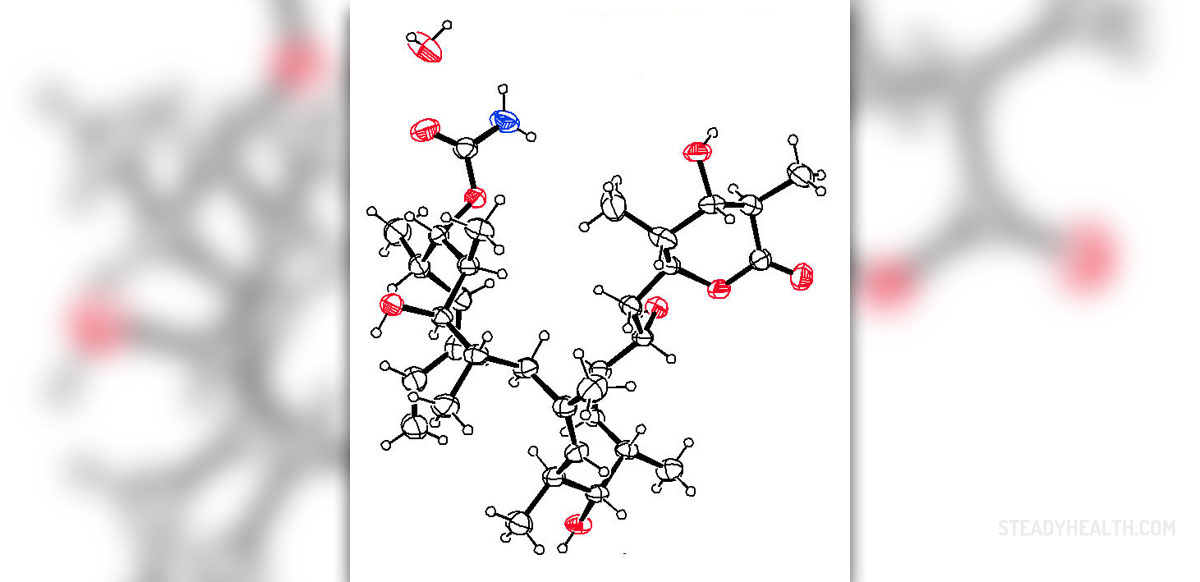
Introduction to Rufinamide
Rufinamide is an anticonvulsant medication. It is used in combination with other medication and therapy to treat Lennox–Gastaut syndrome and various other seizure disorders. The mechanism of action of rufinamide is still unknown. However, various studies are being conducted so that one may come to understand how it works.
Precautions
One should not take this drug if one is allergic to any component of it, if one has grave liver problems or if there is a history of heart disease in one’s family. In some cases, one must seek advice from a qualified physician, in order to see whether one should or should not be taking this drug. Those cases might be: when one is on dialysis, have certain allergies, if one is pregnant or breast-feeding, if one is taking other prescription medicine, if one has a history of mental problems, etc.
Some other medication must not be taken together with rufinamide: valproic acid, Phenobarbital or phenytoin, primidon, etc. All of these medications may interact with rufinamide, and that is why they are extremely perilous if mixed.
Side-effects of Rufinamide
Rufinamide has been studied thoroughly in clinical trials. In these studies, the side effects that occurred in a group of people taking rufinamide were documented. As a result, it is possible to see what rufinamide side effects occurred, how often they appeared, and how they compared to the group taking the placebo.
The most common side-effects include: exhaustion, headache, nausea (sometimes accompanied by vomiting), dizziness, etc.
Serious side-effects include mood changes, sore throat, blood in the urine, blurred vision, tremor, insomnia, arrhythmia, severe allergic reactions, and etc. If these symptoms should appear, one must go immediately to a doctor. It is imperative that one do so, while these may lead to other, more complex health problems.
Rare side-effects Gastrointestinal side effects: constipation, nausea abdominal pain, etc. Psyciatric side-effects include increased sense of anxiety. Metabolic side-effects, meaning variations in appetite. Ocular, which include blurred vision. Hematologic, which means that one may have iron deficiency anemia. Musculoskeletal, which have included back pains.
















Your thoughts on this
Loading...